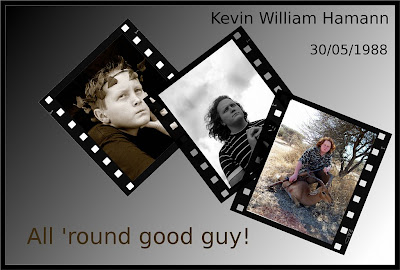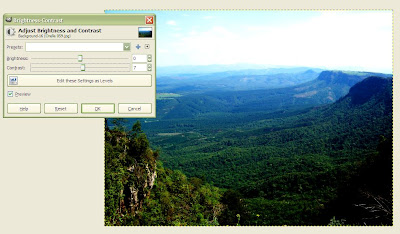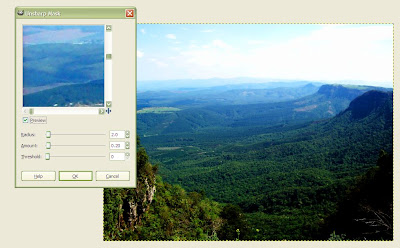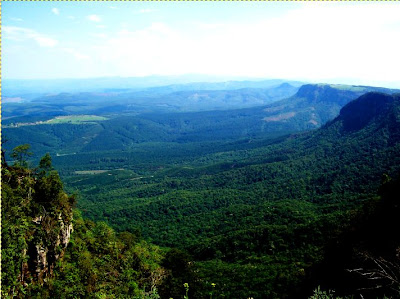I've been giving a lot thought to the direction -- especially in terms of equipment -- that I want to follow photographically.
In future, the bulk of my work will once again be shot on good old film. A few factors have influenced my decision.
Chief amongst these is the fact that Nikon has become like Nokia with a propensity to seemingly launch five new models per month! The camera you buy this week could well be outdated next week!
I know the camera will still do the job perfectly but it becomes uncomfortable when you arrive at a job and see the bridegroom has a "later and greater" digital camera than you. The fact he knows only how to put it in "program" mode and uses it as nothing more than a fancy point-and-shoot, matters not. You still have to field questions about why you're not using the new D-whatever.
Limitation
I recently had canvas prints A2-size made from images I shot with the 6 mega-pixel D40. They are magnificent and the size was limited only because of the processing power of my computer. On a more powerful machine I could easily produce extreme-quality A0s. Yet, I still get told: "my cellphone has an 8Mp camera and, as such, I should consider using something more up-to-date than my ancient, 15 month-old camera.
It's a treadmill to nowhere. The fact is you'll always be chasing new technology with useless, unwanted features, that have have only one purpose -- to fleece you financially. Face-recognition and built-in video capability are two cases in point. How did we ever manage without that before?!
In future I will be using the digital camera primarily as a sort of Polaroid. Kinda like in the old days where we used Polaroid backs to check exposures, lighting, shadows etc and then switched to a film back.
Using film gives me an element of uniqueness in a clutter of digital sameness. It also keeps me at the cutting-edge of scanning technology. When my lab scans my film today, it is with the latest, state-of-the-art scanning equipment. In ten years-time their current scanning equipment will not doubt have been replaced by what will then be the state-of-the-art technology and my present negatives will be able to be scanned at that level.
Nikon F3
The digital image files I now have are as good as they're going to get and, if recent history is anything to go by, I probably won't be able to open those files.
With this in mind, yesterday, I took a trip to Johan at Kameraz and, after a bit of horse-trading, walked out with a Nikon F3 fitted with an MD4 motordrive.
The F3 was (is) the greatest pro 35 mm camera ever produced and I am by no means alone in that belief -- do a Google search and you'll see why so many feel that way.
It is built like a tank and, that is no idle statement. In the mid 80s a friend and colleague, well-known in press circles but who shall remain nameless here, killed a car thief when he buried his F3 and lens into the top of the criminal's head. The blood and other goo was simply washed off and the camera continued to function perfectly.
When I picked up the F3 yesterday, it was like coming home to an old friend. It has everything you need and absolutely nothing more. It's the ultimate photo-making machine where, you, rather than the camera, are in charge. There is nothing to get in the way of the process -- no decision to make about which of the 11 focus-points the camera wants to use, no poncing about trying to figure what program mode is best, or if the matrix-metering requires compensation to balance with the i-TTL flash.
Then there is no processing in RAW or NEF or whatever before you can start working on the image and no need to shoot multiple images so you can produce an HDR image because your digital camera lacks the dynamic range of flm.
You want automatic functions on the F3? Simply turn the dial on the top to "A". Choose the aperture that best suits the depth-of-field you want, rotate the ring on the lens to that aperture setting (no thumb-wheels here!), focus, compose and shoot.
No computer algorithms to take into account. No custom settings buried in the depths of a menu. Just pure, unadulterated photographic purity and joy.
It's nice to be home!


















































